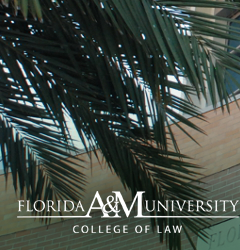Document Type
Article
Publication Date
Fall 2017
Abstract
American Bar Association ("ABA") Standard 314, Assessment of Student Learning, requires law schools to "utilize both formative and summative assessment methods in its curriculum to measure and improve student learning and provide meaningful feedback to students."' This article will connect multiple formative assessments to Bloom's taxonomy to demonstrate how law teachers can transform and enhance student learning, while promoting key steps in the self-regulated learning cycle. First, it is imperative law teachers understand the education background and social landscape that our students, mostly Millennials, bring to law school. We can acknowledge that our Millennial students are different, but what does this really mean and how does this affect our teaching and their learning? Next, effective application of ABA Standard 314 requires law teachers to understand self-regulated learning and the connection between the stages of learning and various formative assessments. To ensure that we are meeting this challenge, law teachers must become facilitators of learning. By serving as facilitators, we acknowledge the importance of involving students in the learning process from the very beginning. This will ultimately result in shifting the focus from the instructor's teaching to student learning. While there are various teaching methods, we will explore contemporary teaching strategies as a means of encouraging a student-centered learning environment. Utilizing contemporary teaching strategies fosters an environment that is ripe for effective formative assessment in our courses.
This article will address contemporary teaching strategies for effectively engaging Millennials across the law school curriculum. Part I will examine the experiences that define Millennials and how they learn best. In Part II, we analyze the impact of ABA Standard 314 on law schools. Part III discusses self-regulated learning and metacognition as tools for lifelong learning. In Part IV, we explore how the student-centered classroom enhances student learning. Finally, Part V demonstrates how Bloom's taxonomy can serve as a framework for effective formative assessment.
Recommended Citation
Renee Nicole Allen & Alicia R. Jackson, Contemporary Teaching Strategies: Effectively Engaging Millennials across the Curriculum, 95 U. Det. Mercy L. Rev. 1 (2017).
